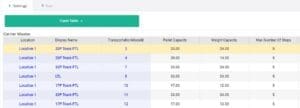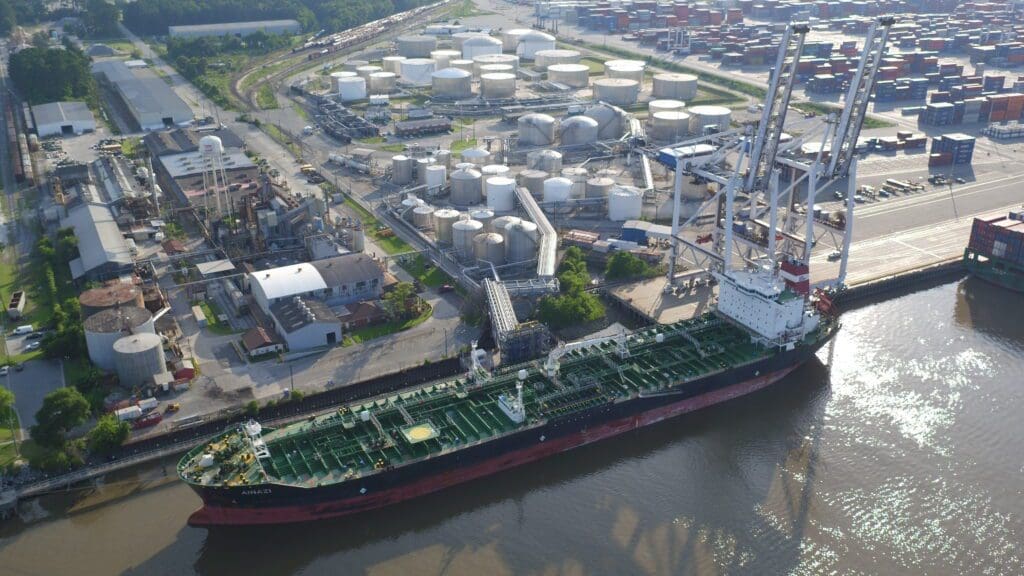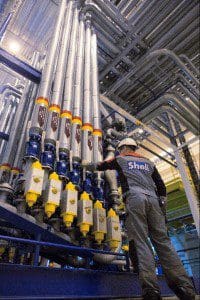 Earlier this month, I had the opportunity to speak with Bengt Tuner, Group CEO of Locanis. Bengt and I spoke about Locanis and the fact that it offers a fairly unique technology solution that doesn’t fit well into the traditional categories in the market – like WMS, fleet management, or warehouse control systems. Along with the benefits of a novel approach comes the difficulty of succinctly communicating its way of delivering customer value. Our goal was just this – to clearly capture the solution’s means of delivering value. I asked Bengt a few pointed questions that I thought would best communicate who Locanis is, what they do, and how they do it. First, tell us a little about Locanis. And second, what is the product or solution that Locanis provides to the market? Third, and perhaps most importantly, how does your solution deliver value to its users? Fourth, can you provide some specific examples of information captured and utilized, and how Locanis uses this information to improve productivity. And last, what types of warehouses are currently using your solution?
Earlier this month, I had the opportunity to speak with Bengt Tuner, Group CEO of Locanis. Bengt and I spoke about Locanis and the fact that it offers a fairly unique technology solution that doesn’t fit well into the traditional categories in the market – like WMS, fleet management, or warehouse control systems. Along with the benefits of a novel approach comes the difficulty of succinctly communicating its way of delivering customer value. Our goal was just this – to clearly capture the solution’s means of delivering value. I asked Bengt a few pointed questions that I thought would best communicate who Locanis is, what they do, and how they do it. First, tell us a little about Locanis. And second, what is the product or solution that Locanis provides to the market? Third, and perhaps most importantly, how does your solution deliver value to its users? Fourth, can you provide some specific examples of information captured and utilized, and how Locanis uses this information to improve productivity. And last, what types of warehouses are currently using your solution?
Below are some key points from our discussion as well as the full video interview.
Locanis and Site Optimizer 3600
Locanis is a Germany-based company with headquarters in Berlin and offices and representatives in a variety of countries including Turkey, India, Singapore, and the US. Locanis’ product is a software execution platform called Site Optimizer 3600. The software solution was designed with the goal of optimizing the entire spectrum of functionalities required on a site – leading to the chosen product branding. Bengt believes that the solution’s task management system contributes greatly to its differentiation from other offerings in the market, such as WMS, fleet management, or warehoues control systems.
How Locanis’ Solution Delivers Value to its Users
The system was initally developed with a focus on optimization. They have a patented AI algorithm, and the back end of that optimizes the entire site – all resources utilized on a site. Not just forklifts, AGVs, pickers, etc., but all resources. The second part is that the software is built on the use of in-motion precision technology. This enables a continuous in-motion view of resource location and what they are doing. This provides proximity insights along with resource capabilities. This information, along with tasks, go into a central pool, where the system’s brain looks at rules, priorities, and objectives, and automatically distributes tasks to resources. Understanding all of this information, along with interdependencies, enables time savings and operational efficiencies. Having one central brain also provides site wide optimization rather than localized, less optimal methods of achieving objectives.
Information Processing Examples
Resource capabilities that the configured in the system include the load carrying capabilities or load capacities of forklifts, AGVs, etc. But the information goes beyond these attributes. For example, the experience level of the workers aligned with the resources are also maintained. Capabilites may include load weight limitations for new forklift drivers or an exclusion from load movements in tight spaces or narrow aisles. In-motion transparency can also be used as a determinant of task execution. For example, a geo-fence can be established and the system can them automatically assign the next task to a given forklift once it enters that zone. Automatic triggers such as this example are one way to this increase the level of automation and productivity from the system.
Types of Warehouses Using Locanis Technology
A customer in fast-moving consumer goods (FMCG) is using Locanis for the movement of cartons and pallets. This customer is using 2D Lidar to track and assign tasks to the forklifts. Another customer manufactures small, medium, and heavy trucks. The specific operation involves a lot of material movements, including small parts. Locanis has another customer that uses its solution in a manufacturing operation with small parts movements. Interestingly, Locanis is in discussions with airports – as the operations have similar attributes and the value proposition is similar to its benefits in a warehouse – material movements that can be optimized with greater intelligence. Another prospect is looking at using Locanis technology for an agricultural operation – the movement of corn or wheat or similar with front loaders moving goods from the field to a transition point and onto the correct stations. etc. Optimal resource utilization for task execution is a common thread for all of these scenarios.
The full video discussion is below:






















